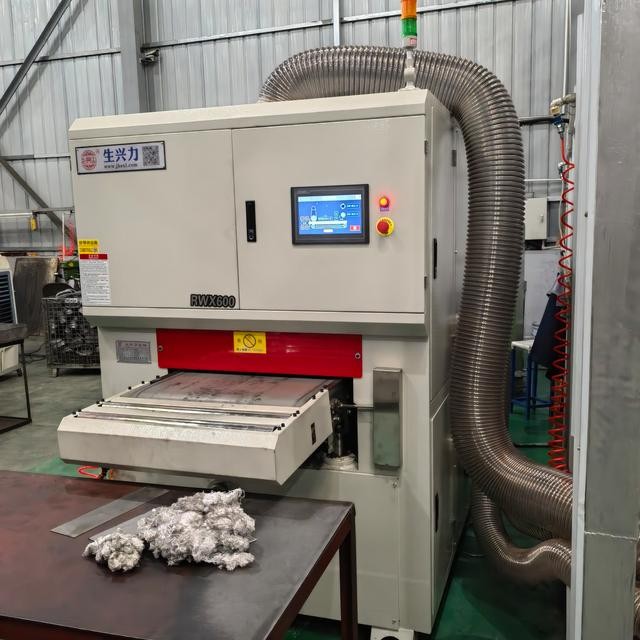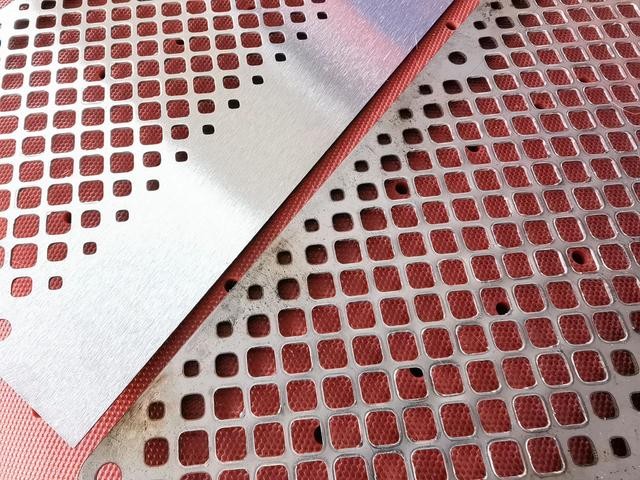
Sanding, polishing, sanding, you know the difference? Today we are going to introduce you a kind of artifact - metal sander, so that your material surface becomes more smooth and flat!

Shengxingli RRWX600 metal deburring wire drawing machine
Metal sanding machine is an efficient and powerful grinding equipment that can help process parts to deburr, wire drawing, polishing and other treatments. It is mainly composed of five parts: frame, sand frame, feed mechanism, dust suction (wet grinding) and electric control system. In grinding, the grinding slab is driven from the right end of the machine through the limiting plate device and the conveyor roller, and the sand belt is rotated at high speed to grind the upper and lower sides of the slab at the same time, and finally the dust on the remaining surface is removed by the discharge end and sent to the machine. The use of sanding machine can make your material surface become more smooth and smooth to meet the process requirements.

Have you ever had trouble with the surface of a part not being smooth? Then hurry to try Shengxingli sander! Let's create a more perfect metal material surface!